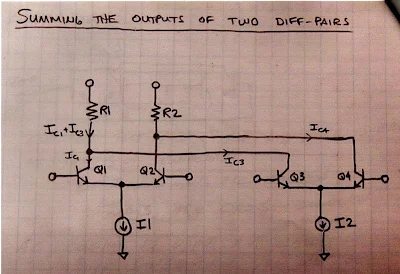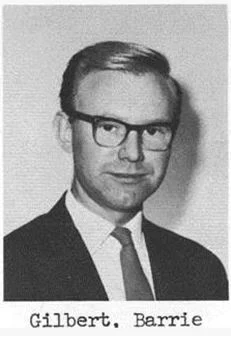True to form, I began scratch-assembling my receiver yesterday afternoon just as Brian went on the air. Then again, a two-transistor regenerative radio for 486kHz isn't exactly rocket science. In any case, I was up and listening inside of a half hour.
What did I hear? Static. Just static. As a sanity test I quickly tuned down to 371KHz to find my favorite non-directional beacon, "GW," beaming in loud and clear from Kuujjuarakip.
Kuujjuarakip?
Kuujjuarakip is a tiny settlement of mostly Inuit and Cree inhabitants located up on Hudson Bay. The villages are primarily accessible by air and water so a robust radio beacon is an obvious necessity.
Satisfied that my receiver was working properly, I re-tuned to 486kHz. Back to static. On the bright side, at least there were no commercials. I continued listening intently until Vic called me to dinner. After the dishes were done I slipped back down to my underground radio shack for one last try.
I heard it right away. Beneath the static I heard a weak, out-of-tune, solo violin playing, "Oh, Holy Night." The signal strength varied wildly with ionospheric propagation. When the signal finally climbed high enough above the noise I ripped out the bipolar transistor audio amplifier stage, connecting my headphones directly to the junction field effect transistor detector output terminals. Of course the audio was far weaker now, yet I could easily follow the tune until it eventually faded away. Not bad for an estimated 15 watt ERP AM signal from a distance of 920km. And on 486kHz, no less, just a hop-skip-and a jump from the old 500kHz Maritime CW band; where countless ship radio operators went to send their last SOS.
Returning to the house, I emailed my reception report and included a short recording that I had made of it. Brian replied just after midnight; apparently, equally as stoked
"Yours’ is the best DX ever given your regen RX! Way to go! I just love it."
He went on to tell me that he was born and raised in Vermont, but he'd been working as a radio scientist down in Virginia since 1990. Told me his heart was still here in the Green Mountains and he was touched to learn his meager signal had found its way back there on Christmas Eve. All in all, a night to remember.
If you're still with me I hope you'll listen to the short NPR story in the provided link. It originally aired on the supposed 100th anniversary of this event. It's not just about radio history. It's about belief, memory and the myths we lug around in our heads. I thought it was well done.
Cheers,
Mike












































